Filter by
You must be a CTBUH Member to view this resource.

One World Trade Center
World Trade Center North Tower
Building
Demolished
1972
Office
All-Steel
417 m / 1,368 ft
110
99
8 m/s
Construction Start
Completed
Demolished
The Design Engineer is usually involved in the front end design, typically taking the leadership role in the Schematic Design and Design Development, and then a monitoring role through the CD and CA phases.
The main contractor is the supervisory contractor of all construction work on a project, management of sub-contractors and vendors, etc. May be referred to as "Construction Manager," however, for consistency CTBUH uses the term "Main Contractor" exclusively.
You must be a CTBUH Member to view this resource.
Usually involved in the front end design, with a "typical" condition being that of a leadership role through either Schematic Design or Design Development, and then a monitoring role through the CD and CA phases.
The Design Engineer is usually involved in the front end design, typically taking the leadership role in the Schematic Design and Design Development, and then a monitoring role through the CD and CA phases.
The main contractor is the supervisory contractor of all construction work on a project, management of sub-contractors and vendors, etc. May be referred to as "Construction Manager," however, for consistency CTBUH uses the term "Main Contractor" exclusively.
28 October 2015 - Event
28 October 2015 - Event
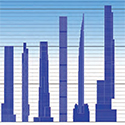
20 October 2016 | New York City
Thursday October 20, 2016. Hong Kong, China. Carol Willis of The Skyscraper Museum in New York City presents at the 2016 China Conference Plenary 7:...

08 September 2021
CTBUH Research
In the immediate aftermath of the terrible events of 9/11, the age of the skyscraper seemed to be at an end. After witnessing the collapse...

12 February 2019
One of the final pieces of the World Trade Center puzzle may be put into place—albeit in a somewhat risky fashion. Bloomberg reports that Larry...

20 October 2016 | New York City
Thursday October 20, 2016. Hong Kong, China. Carol Willis of The Skyscraper Museum in New York City presents at the 2016 China Conference Plenary 7:...

17 October 2016 | New York City
Monday, October 17, 2016. Shenzhen, China. William O'Donnell, DeSimone Consulting Engineers; Dennis Poon, Thornton Tomasetti; SawTeen Seen, Leslie E. Robertson Associates, answer questions at the...

27 October 2015 | New York City
Overpopulation, climate change, aging infrastructure: the threats facing tomorrow’s cities are, in many ways, design problems. The challenges of today’s world have to be solved...
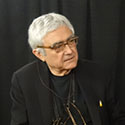
26 October 2015 | New York City
Rafael Viñoly of Rafael Viñoly Architects is interviewed by Chris Bentley during the 2015 CTBUH New York Conference at the Grand Hyatt New York. Rafael...

08 September 2021
CTBUH Research
In the immediate aftermath of the terrible events of 9/11, the age of the skyscraper seemed to be at an end. After witnessing the collapse...
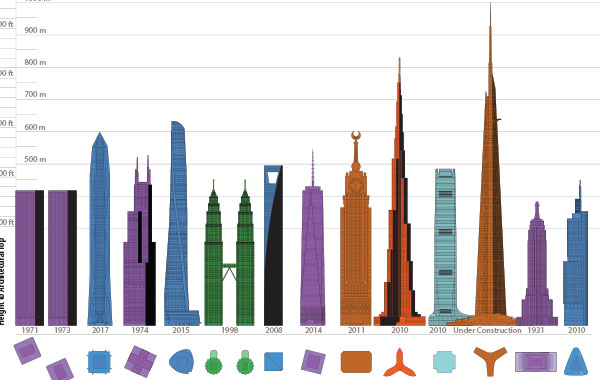
28 October 2019
Carol Willis, The Skyscraper Museum
In both professional circles and in the public eye, the subject of the World’s Tallest Building (WTB) has held the spotlight for more than a...
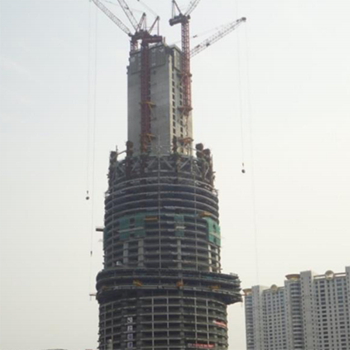
01 September 2018
Kyoung Sun Moon, Yale University School of Architecture
Tall buildings which began from about 40 m tall office towers in the late 19th century have evolved into mixed-use megatall towers over 800 m....
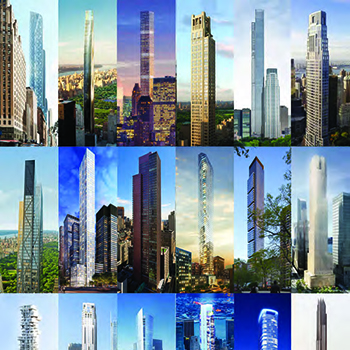
17 October 2016
Carol Willis, The Skyscraper Museum
This paper highlights a new 21st-century skyscraper typology – the very tall and slender residential tower – and analyzes the economic, engineering, and urbanistic forces...

11 September 2011
Leader Interviews by Jan Klerks, CTBUH
Just as many Americans still remember exactly where they were when they heard the news that US president John F. Kennedy had been shot, most...
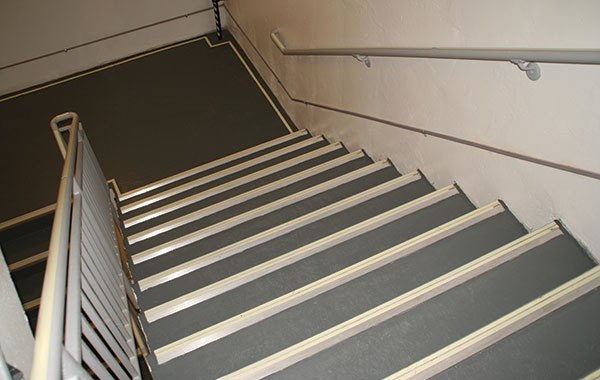
01 July 2011
José L. Torero, BRE Centre for Fire Safety Engineering
The history of technological evolution is filled with failures and the lessons learned from them. Many will even claim that “design by disaster” is one...
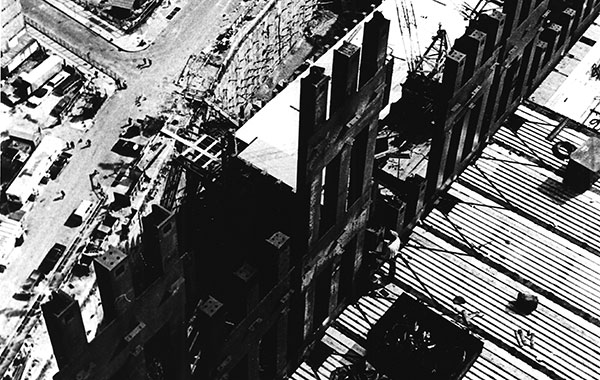
01 July 2011
Carl Baldassarra & Jon Evenson, Rolf Jensen & Associates, Inc.; Simon Lay, WSP UK
Building Design and Emergency Management = Carl Baldassarra and Jon Evenson Fire Engineering - Simon Lay

01 September 2008
Antony Wood, CTBUH
This paper outlines the major influences on tall building design in the early stages of the 21st Century. At this unprecedented time in terms of...

12 June 2008
CTBUH Research
Over time, the average height of the 100 tallest buildings in the world has been steadily increasing. However, by 2010, this average height will have...
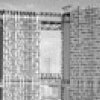
16 October 2005
Antony Wood & Philip Oldfield, University of Nottingham
This paper analyses the skybridge links of the numerous re-design proposals for the World Trade Centre Towers, with the aim of establishing their advantages and...
28 October 2015
CTBUH 2015 delegates toured One World Trade Center Office Building which is the current tallest building in the Americas.
28 October 2015
CTBUH 2015 delegates toured 30 Park Place which will house the Four Seasons Hotel and Private Residences Downtown New York.
20 November 2014
The CTBUH Israel Chapter was a major presence at the annual Building Center Summit, in Eilat City, drawing over 2,000 people.
6 September 2011
In the week that we mark the tenth anniversary of the 9/11 events and the collapse of the World Trade Center towers CTBUH reflected on the impact on tall buildings.
Subscribe below to receive periodic updates from CTBUH on the latest Tall Building and Urban news and CTBUH initiatives, including our monthly newsletter. Fields with a red asterisk (*) next to them are required.
View our privacy policy